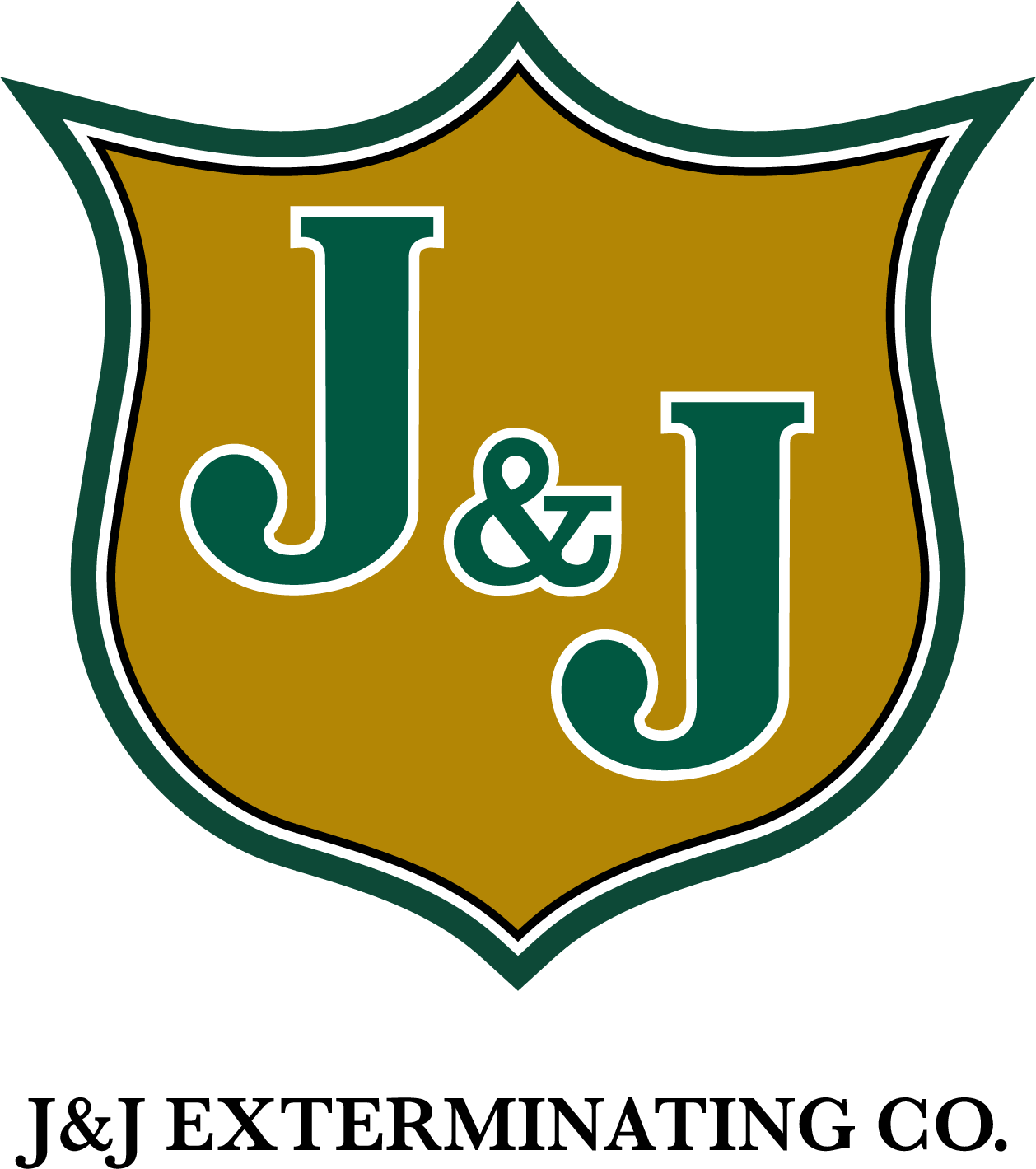Termites are tiny insects, but their impact can be catastrophic for homes in Louisiana. Famous for its warm, humid climate, Louisiana provides the ideal breeding ground for termites, making homes far more susceptible to infestations and damage. Catching the early signs of termite activity is critical to protecting your property and preventing costly repairs.
This guide will help you learn how to spot termite damage in Louisiana homes. From identifying physical signs of their presence to understanding their behaviors and nesting habits, you’ll gain the knowledge needed to act before it’s too late.
Why Louisiana Homes Are at Greater Risk
Louisiana is one of the most termite-prone states in the U.S., thanks to its humid subtropical climate. The warm weather provides termites, especially the destructive Formosan termite, with the perfect conditions to thrive year-round. Homes, particularly those with wooden structures, are prime targets for termite colonies to invade.
Termites can remain undetected for long periods, chewing through wood, drywall, and insulation before leaving visible traces. This is why regular inspections and awareness of common signs of termite damage are critical for every homeowner in the state.
Key Signs of Termite Damage
Understanding and recognizing the warning signs of termite damage is the first step toward protecting your home.
1. Wood Damage
Termites feed on cellulose, which is found in wood and wood-based materials. Examine wood structures in and around your home for the following signs:
- Hollow-sounding wood: Knock on wooden beams, walls, or floors. If it sounds hollow, termites may have eaten through the inside.
- Blistered wood surfaces: Termites can leave wood with a blistered or bubbled appearance, often mistaken for water damage.
- Maze-like patterns: Check for internal tunnels or galleries within wood, often visible when the outer layer is cracked or broken.
2. Mud Tubes
Subterranean termites, the most common type in Louisiana, build mud tubes to travel between their colonies and food sources. These pencil-sized mud tunnels can often be found:
- Along foundation walls
- On wooden beams or crawlspaces
- Leading from the ground to a structure
Mud tubes protect termites from the elements and predators, serving as vital highways for their infestation efforts. If you find random mud tubes on your property, don’t ignore them.
3. Discarded Wings
When termites swarm, they shed their wings after finding a new place to establish a colony. These discarded wings can often be found near:
- Window sills
- Doorframes
- Light fixtures
If you discover piles of tiny, transparent wings around your home, it’s a red flag for an established or emerging infestation.
4. Frass (Termite Droppings)
Drywood termites leave behind a specific form of waste called frass, a powdery, pellet-like substance resembling sawdust. Look for piles of frass near:
- Wooden surfaces
- Baseboards
- Furniture
Finding frass in unusual places could mean termites are actively eating through your home.
5. Warped or Tight Fitting Doors and Windows
Termites can cause wooden door and window frames to swell and warp due to excess moisture in infused areas. If you notice doors suddenly becoming difficult to close or windows getting jammed, termites may be to blame.
6. Peeling Paint or Wallpaper
Termites can create tunnels just below the surface of paint or wallpaper, causing visible distortions. Bubbling or peeling wallpaper, cracked paint, or small pinholes in drywall can be indicators of termite activity behind walls.
Where to Look for Termite Damage
Knowing where termites are most likely to strike can help you focus your inspection efforts.
Common Areas to Check:
- Foundations and Crawlspaces: Termites often enter properties through these low-lying areas.
- Wooden Beams and Floorboards: These areas are prime feeding grounds for termites.
- Attics: Wooden roofs and trusses can also be hotspots for undetected damage.
- Outdoor Structures: Fences, wooden decks, and landscaping ties are susceptible to attack as they expose untreated wood.
- Areas Near Moisture Sources: Leaky pipes, roof leaks, or poor drainage create the damp conditions termites are drawn to.
Preventing Termite Infestations
Prevention is the most effective way to stave off termite damage. Here’s what you can do to protect your home:
1. Eliminate Moisture
- Fix leaky pipes, gutters, and downspouts promptly.
- Maintain proper ventilation in crawlspaces and attics.
2. Remove Food Sources
- Store firewood, lumber, and cardboard at least 20 feet from the house.
- Clear away dead trees and wood debris from your yard.
3. Seal Cracks and Gaps
- Inspect your home’s foundation, roofline, and walls for cracks and seal them with caulk or other approved material.
4. Consider Annual Termite Inspections
- Hire a licensed pest control service to inspect your property at least once a year, especially in high-risk areas like Louisiana.
How to Respond if You Spot Termite Damage
If you suspect termite activity in your home, act immediately:
- Don’t disturb the infestation: Disrupting termites can cause them to move to other areas of your home, complicating extermination efforts.
- Call a professional pest control service: Experts will assess the damage, locate colonies, and recommend appropriate treatment solutions.
- Consider termite barriers: After treatment, preventive barriers can stop termites from re-entering your home.
Protecting Louisiana Homes Starts with Awareness
Living in a termite hotspot like Louisiana makes vigilance essential for homeowners. From mud tubes on your foundation walls to distorted wood beams, spotting the early warning signs of termite damage can save you thousands in repair costs and prevent structural disaster.
Stay proactive by conducting regular inspections and implementing preventive measures. If you’re unsure where to start, consider consulting a local pest control expert who understands the challenges unique to Louisiana homes.
Taking action today could mean a termite-free home tomorrow.




